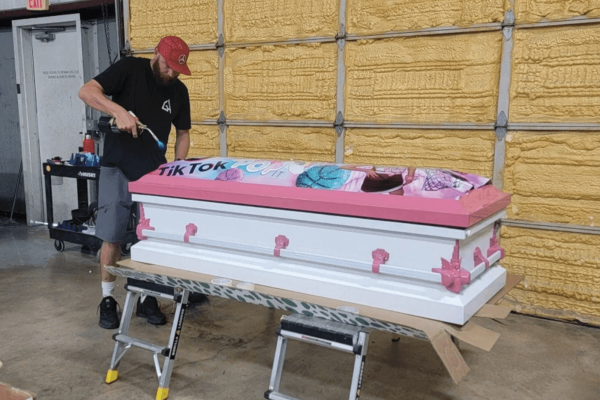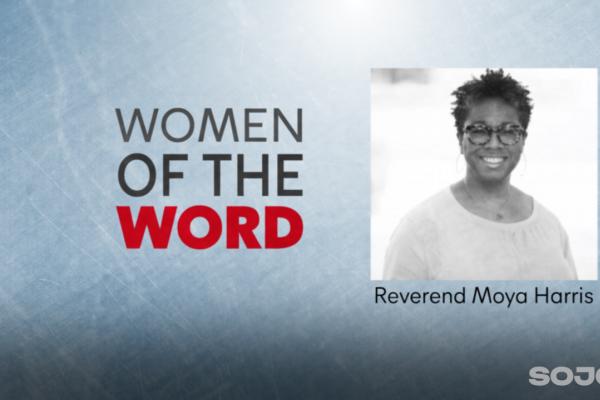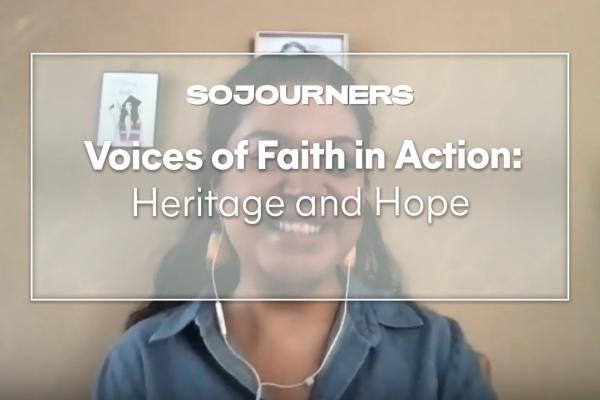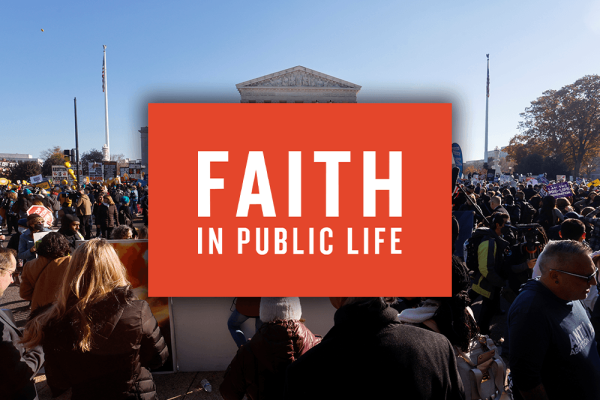NUMBNESS IS GOOD for dental work and as a temporary coping skill in surviving direct traumas. But most of us are not survivors of tornados or wildfires, haven’t lost our loved one to a young man with an assault rifle, nor worked triple ICU shifts at the peak of the pandemic. Yet many of us, myself included, hunker down deeper into whatever task is at hand when another breaking news bulletin about a mass shooting pops up on our phone. We barely glance at the latest tally of U.S. COVID-19 deaths or reports on war and natural disaster.
A few things recently have cracked open my numbness and made me wonder if we owe it to the dead and the grieving to let our hearts break.
I first saw the photo of a child-sized casket decorated with princess pink and a TikTok logo in a story shared on Instagram. Trey Ganem, a man who has a business creating custom caskets, had donated his work to the grieving families in Uvalde, Texas, where 19 children and two teachers were killed in their school by an 18-year-old with an assault rifle. Ganem sat with parents and asked about their children. Then he and his team made designs reflecting the delights and obsessions of typical childhoods: TikTok. Spider-Man. Softball. Whales for the girl who dreamed of becoming a marine biologist. The colors were bright and glossy; the caskets’ handles and trims were lovingly painted to match.
In the past I might have pondered the prevalence of commercialism in both American childhood and the funeral industry, or the cultural history of how we grieve. But this was only days after the Uvalde shooting, and the juxtaposition of cheerful designs on obscenely small caskets brought a rush of feeling: I wept at a stranger’s heartfelt attempt to bring solace to the inconsolable. I was deeply agitated that we are a country where slaughtered kids are sent to their graves in candy-colored caskets while politicians and weapons manufacturers rake in power and profit.
Just the week before, a very different creative work cracked my reserve: The New York Times’ interactive presentation of 13 final text messages from people who died of COVID between March 2020 and January 2022, created in part to mark the official surpassing of 1 million COVID deaths in the U.S. As you scroll, you see the brief text interchanges unfold—worry, hope, love, then ... no answer. Between the interchanges, a counter tracks the growing death count as the months go by. In her introduction to the presentation, Times opinion writer Alicia P.Q. Wittmeyer said many readers submitted final text exchanges to memorialize their loved ones. But “many said they also hoped their messages could make the pandemic feel real, in what seems like its waning days, for those who hadn’t experienced its toll up close.”
I am one step removed from tragedy. I don’t claim the depth of grief of those who mourn. But it’s not healthy to feel nothing or to push all grief away. From the biblical prophets to the book of Lamentations and the psalms, righteous rage and public grief are powerful in our faith. Lamentation and rage spawned March for Our Lives (“Created by survivors, so you don’t have to be one.”), Sandy Hook Promise, and dozens of other political and social movements over the centuries. They have inspired art, both low and high. They offer us, the living, ways to honor the dead.

Got something to say about what you're reading? We value your feedback!







